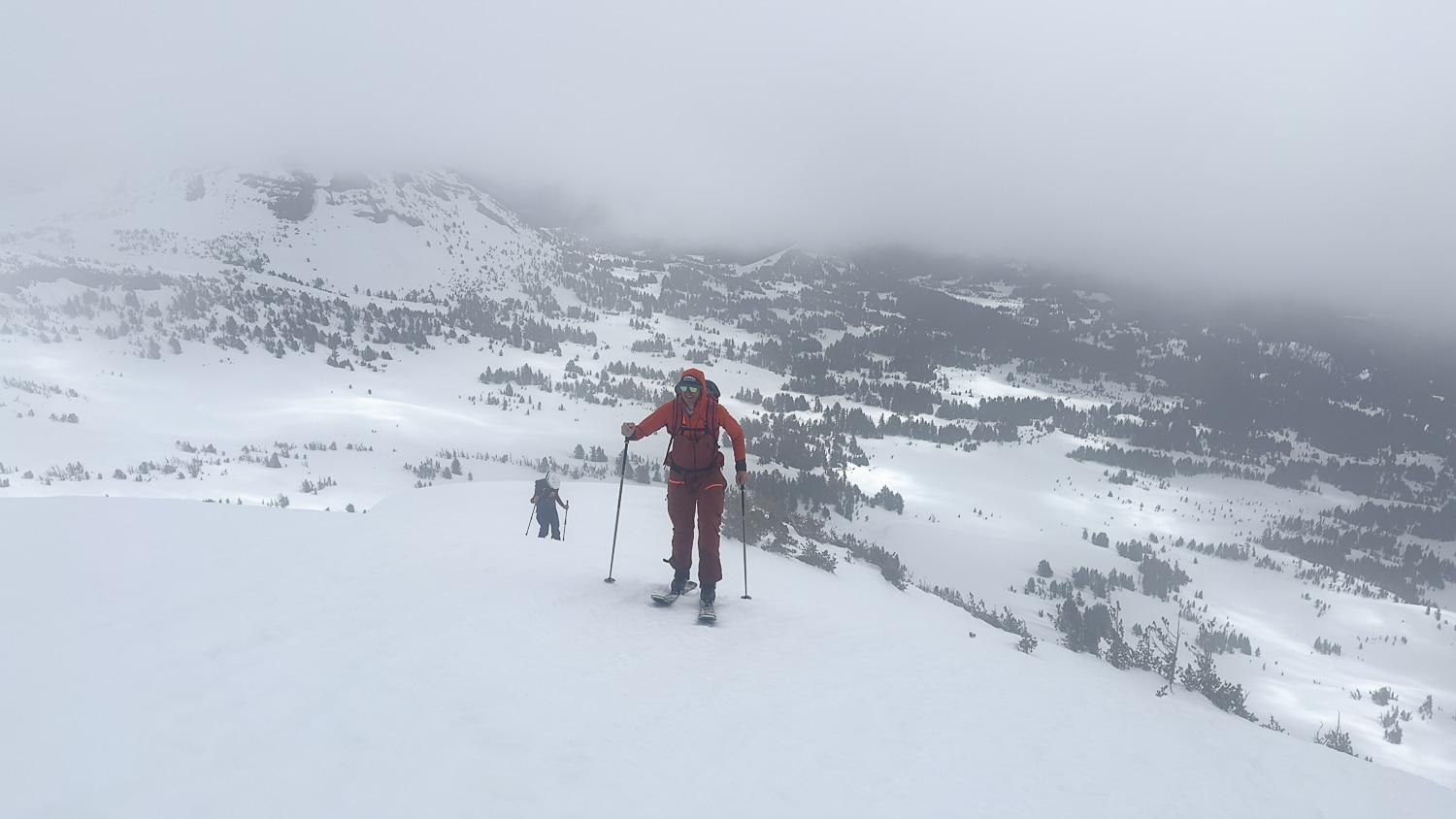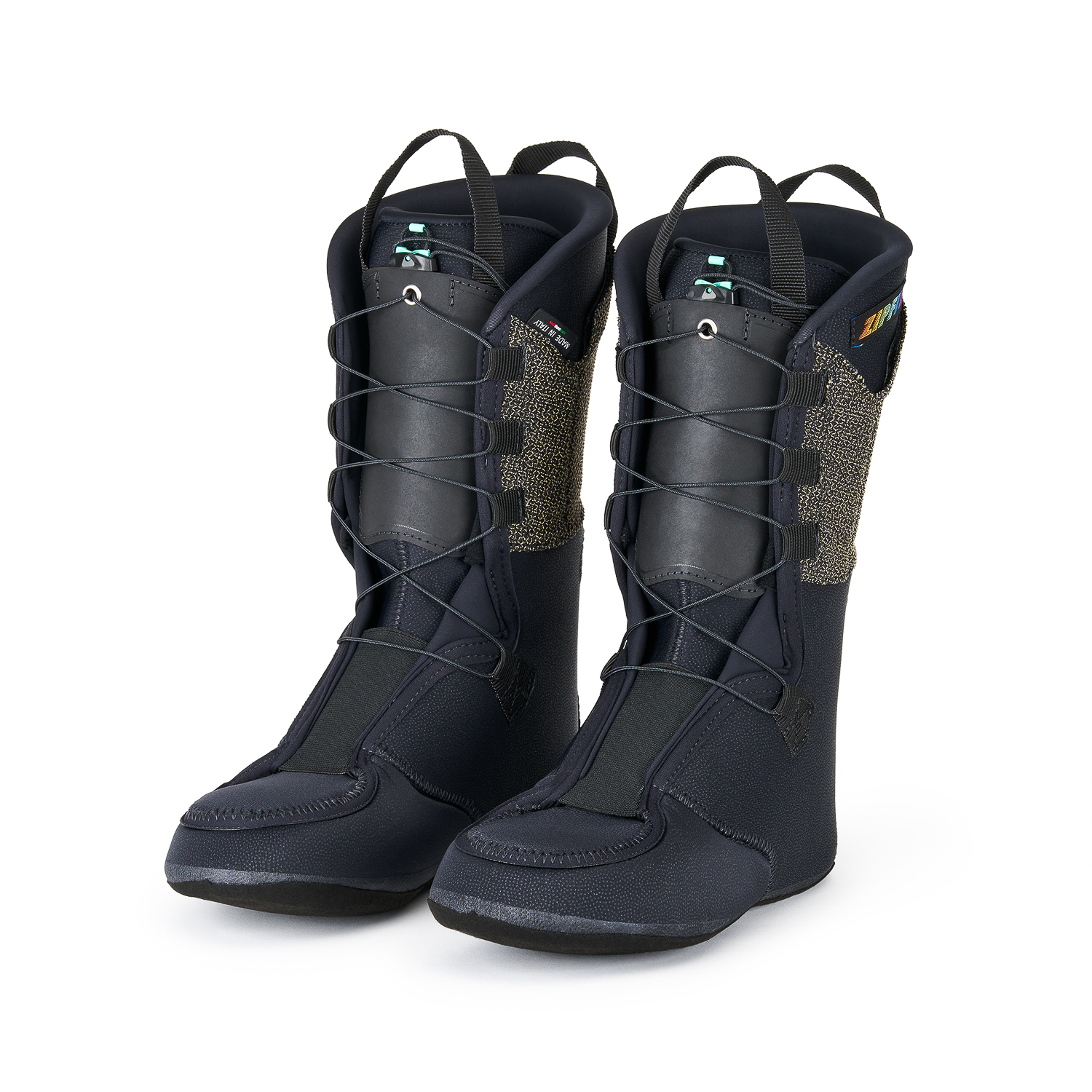Some people cringe at the thought of oversight, others exhale with relief. Considering the gear we rely on for safe mountain travel, oversight is often a good thing. Climbers, mountaineers, and alpinists are likely familiar with the UIAA stamp of approval on much of their gear. The International Climbing and Mountaineering Federation, or UIAA, helps set safety standards for equipment like climbing ropes, harnesses, and helmets. Recently, they adopted safety standards for avalanche rescue probes and shovels.
In many ways, the UIAA stamp is similar to the CE icon on our gear. CE stands for European Conformity. The CE does not set standards; the European Commission sets those. (Try to keep that straight.) However, the CE outsources testing to ensure the gear meets certain specs. Climbing gear sold in Europe must have a CE stamp.
The UIAA is a bit different, in a good way—it is composed of climbers/skiers/mountaineers and gear manufacturer representatives to develop safety and design standards specifically for the gear we use. Further, CE standards often mirror UIAA guidelines. In short, if you see something UIAA-approved, folks familiar with moving through the mountains are intimately involved with establishing the standard and ensuring the gear with the stamp meets or exceeds them.
As backcountry tourers, we rely on shovels, transceivers, probes, and, depending on your habits, avalanche airbags as our personal protective equipment (PPE). Although the shovel you use is CE-approved, the UIAA first established shovel standards in 2017, and last updated them in 2018. Probe standards, on the other hand, were set in 2021, with a compliance date for certified probes of Feb. 2022. (THR will report on these standards in the coming weeks.)
UIAA and Transceivers
Here on out, we’re focusing on transceivers: arguably an exponentially more complex PPE than your shovel and probe. (Yet these tools are not mutually exclusive; they complement one another.) Grab your transceiver, and you might note a CE logo indicating it meets European design standards. The transceiver in my hands, a Barryvox S, has no such symbol. I can, however, rest assured. As manufacturers do for their respective transceivers, I can find an EU Declaration of Conformity on the Barryvox site.
For now, however, there are no UIAA standards for transceivers. In the coming years, that is likely to change.
Let’s start with this table from the German Alpine Club (DAV). Published in 2022, it attempts to specify strengths and weaknesses regarding some of the available avalanche transceivers. (Editor’s note: this is 2022 data and does not include software or hardware updates since the publication date or recalls in North America or Europe.) Rather than hone in on any single attribute, the information, at first glance, speaks to the diversity of transceivers in the marketplace—there’s little physical or performance uniformity.






Leave a Reply
You must be logged in to post a comment.